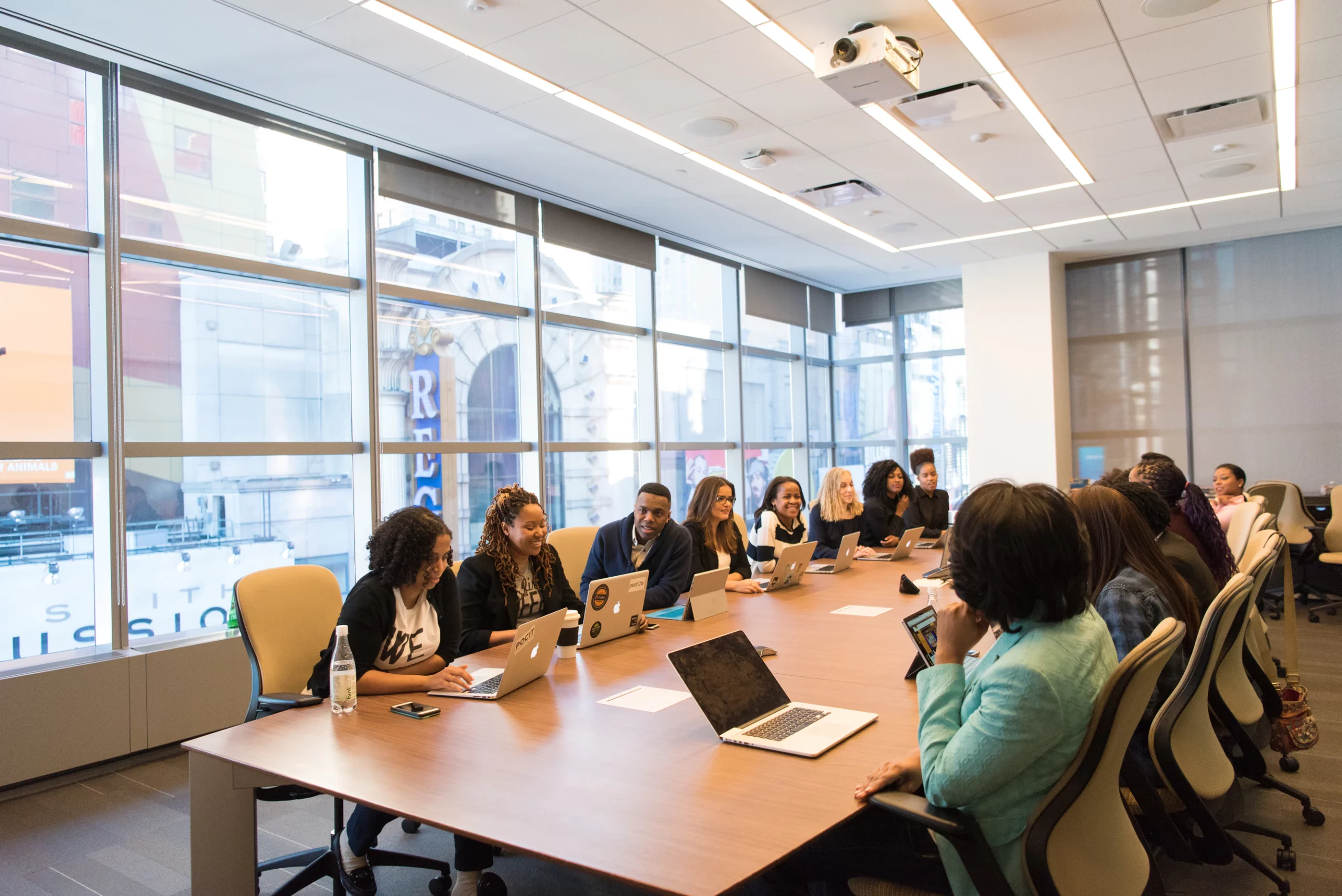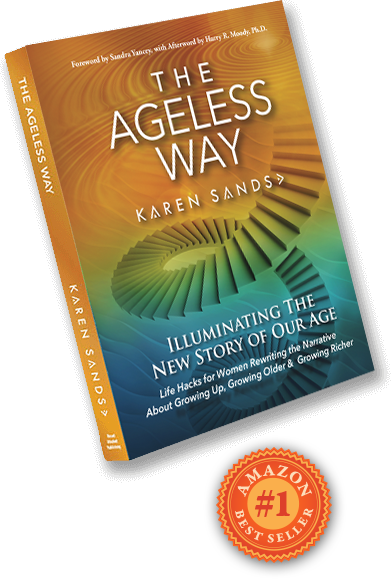Last week in The Labor Market: To Compete You Must Compensate, I discussed the transformation we underwent throughout the Covid-19 pandemic. People value their time and energy now more than ever. Today’s workers are unwilling to compromise on compensation, benefits, and workplace culture.
The Great Resignation has many of us rethinking our retention strategies. Last week, I focused on the need to compensate fairly as a key to retention in the competitive labor market. This week we will shine a light on workplace culture and leadership styles.
It’s uplifting to take note and support the increasing number of Triple Bottom Line efforts across sectors—we are seeing more and more enterprises (for profit and not) going green and promoting diversity, rather than putting profits, membership, and fundraising above all else.
We will not have businesses to run if we burn down and burn out the planet and our people.
Fast Company provided a great definition of workplace culture and its value, saying that it “wields a unique power, enabling leaders to build and sustain an organization that can scale and endure over time.” The culture of your enterprise has the ability to support leadership, foster innovation, and allow your workforce to thrive. Toxic workplace culture can ultimately be your downfall.

A toxic culture in the workplace can look like an undiverse team, abusive leadership, and an overall profits-over-employees organizational structure. Addressing these concerns involves a top-down-top approach. Change should happen at the top of the organizational structure, but in order to know what changes need to be made, you need to understand the employee experience enterprise-wide.
What I mean by top-down-top is that first, leadership needs to acknowledge there’s a problem. Then, you can ask your employees to recount their experiences and to describe the current culture and how they are affected by it. After that, the leadership needs to take action to address the issues at hand and implement strategies to create a non-toxic work environment.
Paypal is fostering internal collaboration by “developing an innovation tool kit that includes discussion and networking platforms.” Google set up a $100 million fund for their career certificate program, preparing their future employees for the type of environment they will be working in and getting them accustomed to their job expectations. Microsoft’s CEO, Satya Nadella, is known for “the confidence he instills in his workforce” and has led his company to remain flexible for their employees and profitable throughout the pandemic.
What strategies are used to foster a non-toxic environment will greatly change from enterprise to enterprise. But the key for leadership is to stop, listen, and take action. As leaders, innovators, and trailblazers we set the precedence for our employees (and the rest of the world) to follow.
To be true visionary leaders are constantly transforming and evolving our way of thinking, doing, and most of all, being. Transform to evolve, or be left out. We are moving into a better future.







Leave a Reply
You must be logged in to post a comment.